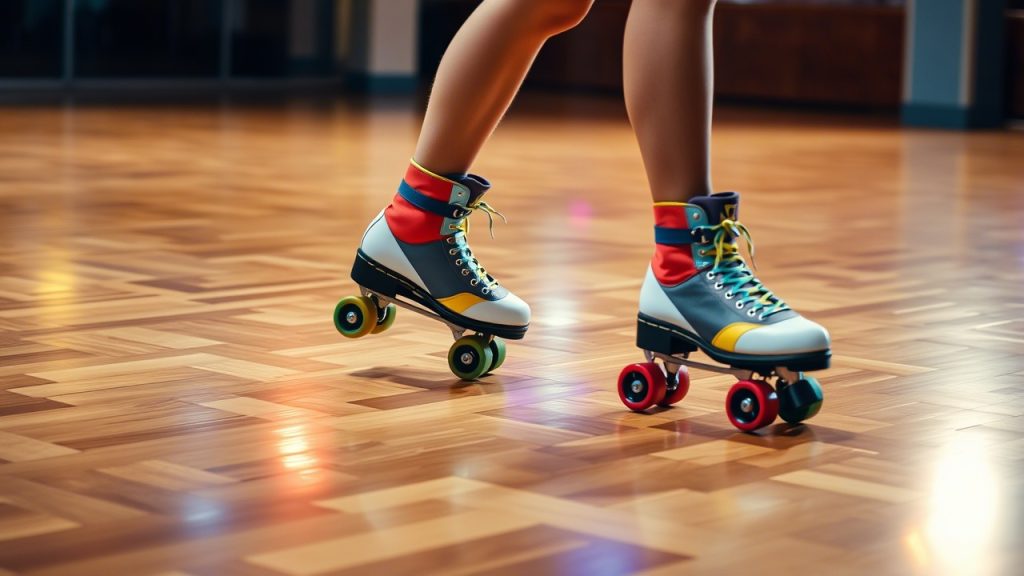Roller skating is not only a fun and energetic activity enjoyed by people of all ages, but it also has a rich history that spans centuries. From its humble beginnings in the 18th century to the vibrant modern-day sport we know today, roller skating has evolved in ways that reflect changes in technology, culture, and entertainment.
We will explore the fascinating history of roller skating, how it has transformed through the years, and its continued influence on pop culture, sport, and recreation. From its early invention to its status as a popular pastime today, roller skating has been a constant source of joy, competition, and innovation.
Looking for the perfect fit? Check out these Best-Selling Roller Skating.

1. The Early Beginnings of Roller Skating
Roller skating’s story begins long before its widespread popularity in the 20th century. The concept of skating on wheels has been around for centuries, and different cultures experimented with various designs. The idea of combining wheels and human motion dates back to the 18th century, but the first major breakthrough came when people realized that a mechanism was needed to allow the skater to glide smoothly.
Before roller skates, many cultures had various forms of wheeled movement, such as wooden sleds and carts. However, it was only in the 1700s that inventors began working on devices to simulate ice skating, which was a popular activity during the winter months in Europe. These early attempts would lay the foundation for what would eventually become modern roller skates.
Looking for the perfect fit? Check out these Best-Selling Roller Skating.
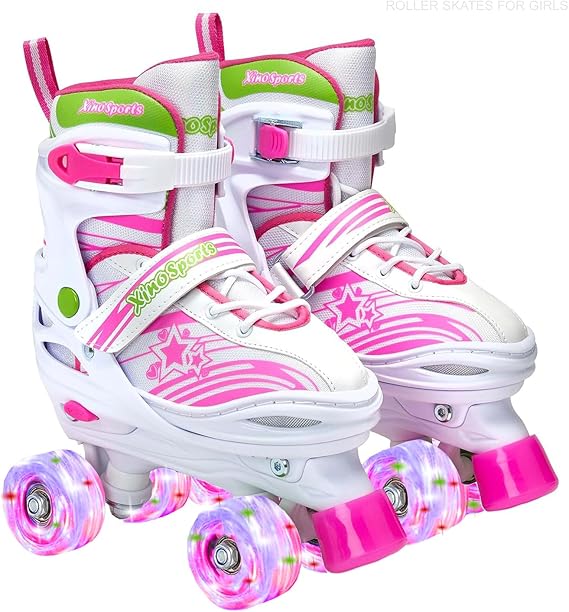
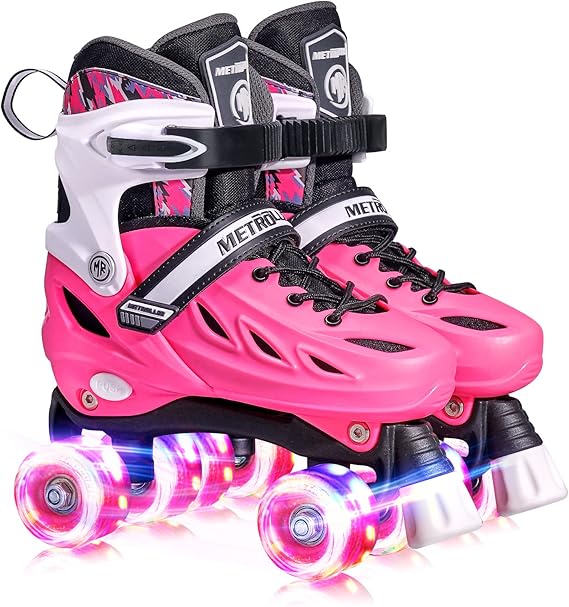
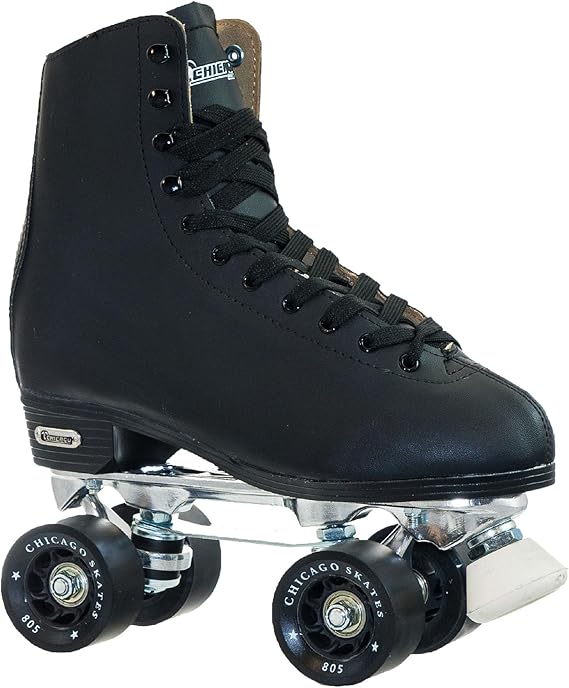
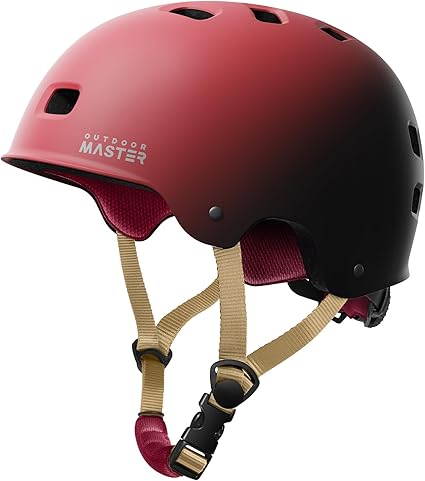
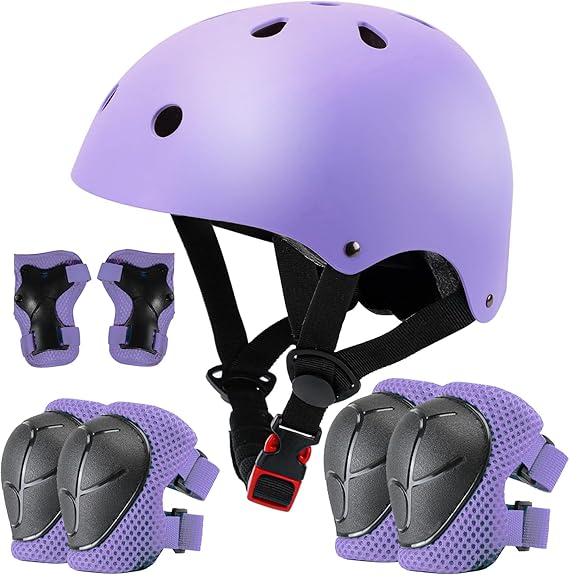
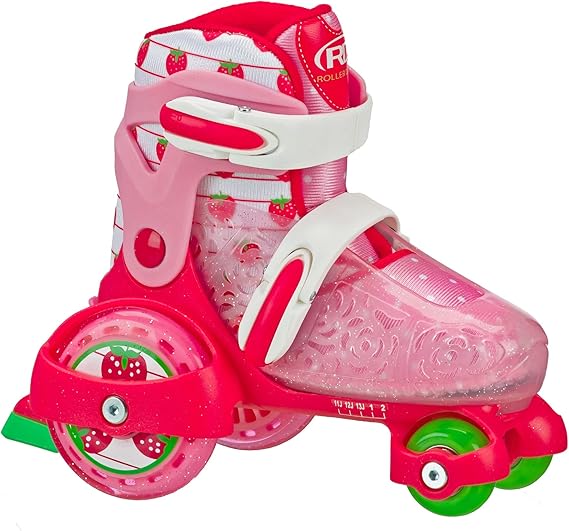
2. The First Roller Skates: A Breakthrough in the 18th Century
The invention of roller skates is often credited to a Dutchman named John Joseph Merlin, who, in 1760, created the first known pair of roller skates. Merlin, a skilled engineer and inventor, attached metal wheels to the bottom of a pair of boots and used them in a demonstration at a London party. Unfortunately, Merlin’s skates were not entirely practical. They were made of metal wheels and lacked the ability to turn, making it difficult to steer, and they didn’t offer the best comfort for skaters.
Despite its limitations, Merlin’s invention was revolutionary and sparked the idea that skating could be done on land as well as ice. However, it wasn’t until a few decades later that roller skates became more refined and functional.
In 1819, another inventor, Pierre Lallement, a Frenchman, is credited with creating the first true roller skate. He designed a pair of skates that featured a four-wheel configuration arranged in a straight line, which allowed for more control and maneuverability. Lallement’s design was patented in 1863, and roller skating began to emerge as a recreational activity.
3. Roller Skating in the 19th Century: From Curiosity to Popularity
During the 1800s, roller skating was still relatively primitive and was mostly seen as a curiosity. The first roller rinks began to appear in the United States and Europe during this time, but they were more of a novelty than a mainstream form of entertainment. Still, roller skates were a hit in some social circles, with fashionable individuals in major cities like Paris and New York embracing the activity as a new way to socialize.
The design of roller skates continued to evolve throughout the 19th century. In 1863, James Plimpton, an American inventor, revolutionized roller skating by designing the “rocking” or “roller skate” with a curved sole. This new design allowed skaters to turn more easily and helped to create a smoother, more enjoyable skating experience. Plimpton is often credited with inventing the modern roller skate, and his design played a significant role in the development of roller skating as a popular pastime.
By the late 19th century, roller skating was growing in popularity. Roller rinks began to open across the United States and Europe, and skating clubs were formed. It was during this time that roller skating was first recognized as a sport, and it started to attract a more dedicated following.
Read More: 10 Fun Roller Skating Tricks for Beginners to Try
4. The Golden Age of Roller Skating in the Early 20th Century
Roller skating underwent a major boom during the early 20th century, particularly in the 1920s and 1930s. The arrival of the automobile and the growth of cities provided people with more leisure time, and roller skating became a popular way for families and young adults to spend their free time.
The 1920s saw roller rinks become a mainstay in American culture, with skating parties, competitions, and social gatherings taking place in large, grand rinks. The smooth floors and lively music set the scene for a thrilling skating experience, and roller skating quickly became synonymous with fun and recreation.
The rise of rhythmic skating also emerged during this time. Skaters began to choreograph routines, incorporating dance and athleticism into the activity. Artistic roller skating, which would later develop into its own competitive sport, was born out of this era.
5. The Decline and Revival: Roller Skating in the Mid-20th Century
By the mid-20th century, roller skating saw a decline in popularity. The introduction of television and the rise of new forms of entertainment, such as television, video games, and later, skateboarding, caused many to lose interest in roller skating. The advent of the automobile and other technological advances also meant that people had access to new modes of transportation, diminishing the need for roller skates as a practical means of mobility.
However, roller skating would not be forgotten for long. In the 1970s and 1980s, roller skating made a significant comeback, thanks in part to the disco era. Roller disco, where people skated to disco music in colorful, neon-lit roller rinks, became a popular trend. The 1970s also saw the introduction of the quad skate with the “boot” design, which allowed for greater comfort and performance.
Roller derby also became popular during this time. Originating in the 1930s, roller derby evolved into a full-contact sport by the 1970s and gained a devoted following, particularly among women. Roller skating, both recreationally and as a competitive sport, continued to thrive in the late 20th century, despite the rise of other trends.
6. The Modern Roller Skating Scene
In recent years, roller skating has seen yet another resurgence. The sport is now being embraced by a new generation of skaters who enjoy the physical and mental benefits of skating. Roller skating is now considered a trendy fitness activity, with many people taking to outdoor roller skating paths for exercise and recreation. Additionally, roller rinks are experiencing a revival, and skate parks designed for both roller skates and skateboards have become increasingly common.
The rise of social media platforms, such as Instagram and TikTok, has played a key role in the growing popularity of roller skating, with skaters posting impressive tricks, routines, and skate park adventures online.
Additionally, roller derby continues to grow, with numerous leagues worldwide. The sport has evolved into a fierce and athletic competition, drawing fans from all over the globe.
7. Why Roller Skating Remains Popular Today
Roller skating has remained popular for a variety of reasons:
- Accessibility: Roller skating can be done indoors or outdoors, making it a versatile activity that can be enjoyed year-round.
- Fitness: Roller skating is an excellent cardiovascular workout that engages muscles throughout the body, providing a fun way to stay in shape.
- Social Activity: Whether at roller rinks, outdoor skate parks, or local streets, roller skating is a social activity that brings people together.
- Cultural Resurgence: Roller skating has become a trendy and stylish activity, with skaters embracing fashion and creativity in their routines.
- Nostalgia: For many, roller skating offers a sense of nostalgia, bringing back memories of childhood or past eras.
8. Frequently Asked Questions
1. When was roller skating invented?
Roller skating was invented in the 18th century. The first recorded patent for roller skates was filed by Joseph Merlin, a Belgian inventor, in 1760. However, it wasn’t until the late 19th century that roller skating became popular, with the invention of the quad skate in the 1860s by James Plimpton.
2. Who invented the first roller skate?
The first roller skate was invented by Joseph Merlin in 1760. He created a pair of skates with a metal frame and wheels. However, they were not practical for everyday use. James Plimpton, an American inventor, improved upon Merlin’s design in 1863 by creating the first functional quad roller skate with a turning mechanism, making skating much easier and more popular.
3. How did roller skating evolve over time?
Roller skating has evolved through several stages:
- In the 1860s, James Plimpton introduced the modern quad skate design with a turning mechanism, which led to a boom in popularity.
- In the early 20th century, roller skating became a social activity, with roller rinks opening up around the world.
- The 1970s saw the rise of disco roller skating and speed skating, and roller skates were widely popularized in the US and beyond.
- In the 1980s and 1990s, inline skates (also known as rollerblades) were introduced, creating a new era of roller skating.
- Roller skating continues to evolve today, with many people embracing it for fitness, recreation, and even artistic performances.
4. What is the difference between roller skates and inline skates?
Roller skates have four wheels arranged in two pairs, one in front of the other, which provides stability and control. Inline skates, or rollerblades, have a single row of wheels, which allows for greater speed and maneuverability, but requires more balance. Inline skates are often preferred for speed skating and outdoor use, while roller skates are commonly used in artistic and social skating.
5. When did roller skating become popular?
Roller skating became widely popular in the late 19th century after the invention of the quad skate by James Plimpton. Its popularity peaked in the early 20th century, especially in the United States, with the opening of many roller rinks. Roller skating saw another boom in the 1970s with the rise of disco and recreational skating.
6. Why did roller skating become so popular in the 1970s?
The 1970s saw the rise of disco culture, and roller skating became a fun, social activity associated with dancing. Roller rinks became hot spots for people to gather and skate to music. The design of skates also improved, making them more comfortable and accessible, which contributed to their popularity.
7. What role did roller skating play in the 20th century?
Roller skating was not just a popular recreational activity but also a significant part of the entertainment and social scene in the 20th century. It was featured in movies, music videos, and even became a competitive sport. In the 1930s and 1940s, it was a form of exercise and a way for people to socialize. In the 1970s, it became synonymous with the disco era, and in the 1980s and 1990s, inline skating added a new dimension to the sport.
8. Was roller skating ever a competitive sport?
Yes, roller skating has been a competitive sport since the early 20th century. Events such as roller derby, speed skating, and artistic roller skating have all been part of the competitive skating world. Roller derby became especially popular in the mid-20th century and has seen a revival in recent years.
9. What is the history of roller derby?
Roller derby originated in the 1930s as a form of indoor roller racing, but it evolved into a full-contact sport by the 1940s and 1950s. It gained national attention in the United States and became a popular TV sport. While roller derby declined in the 1970s, it has seen a resurgence in the 2000s, with many leagues across the world.
10. What are some famous milestones in roller skating history?
- 1863: James Plimpton invents the modern quad roller skate, allowing for better turning and control.
- 1920s-1930s: Roller skating becomes a popular social activity and the first roller rinks open across the world.
- 1970s: Roller skating surges in popularity, especially with the advent of disco and the introduction of new, colorful skates.
- 1980s-1990s: The rise of inline skates (rollerblades) changes the landscape of roller skating, adding a new element of speed and versatility.
- 2000s: Roller derby experiences a revival and becomes a modern sport, with leagues sprouting up around the world.
11. What are the benefits of roller skating throughout history?
Roller skating has provided numerous physical, social, and cultural benefits throughout history. It offers a fun way to improve cardiovascular fitness, balance, and coordination. Historically, it has also served as a social outlet and a form of entertainment, with roller rinks acting as community hubs.
9. Conclusion
From its inception in the 18th century to its current status as a popular sport and leisure activity, roller skating has proven to be a timeless activity enjoyed by people of all ages. Whether as a mode of transportation, a fitness activity, or a form of entertainment, roller skating continues to evolve and adapt with the times. Its rich history, coupled with its modern-day resurgence, ensures that roller skating will remain a beloved pastime for generations to come.
Suggest Tools

